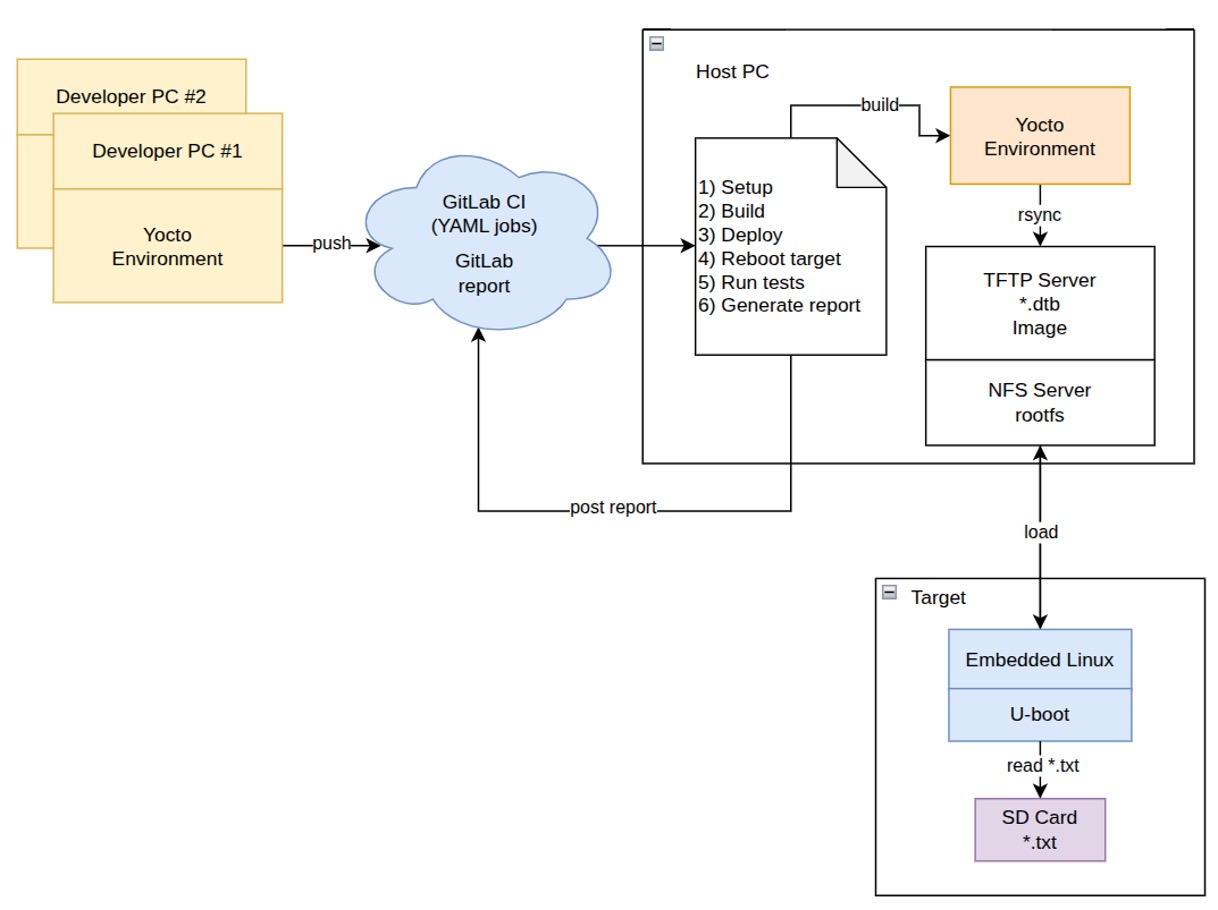❯
Real-Time Systems and Concurrency: A Developer’s Guide
When it comes to embedded systems, especially in fields like industrial control or medical devices, getting your code to run efficiently, predictably, and safely is paramount. You’ve likely put in the hard work to design detailed, robust systems, but without a solid grasp of real-time concepts and concurrency, your efforts might not achieve the desired reliability. This is where understanding Real-Time Operating Systems (RTOS) like Zephyr comes into play. At Emtech, we build a lot of embedded systems, so I’d like to share and explore why real-time systems and concurrency are crucial for embedded developers and how they can help you build better, more reliable products.



%20(1).jpg)













.webp)

.webp)


.webp)













.webp)









_de%20(1).jpg)



.png)





.png)


%20(3).png)

.png)



